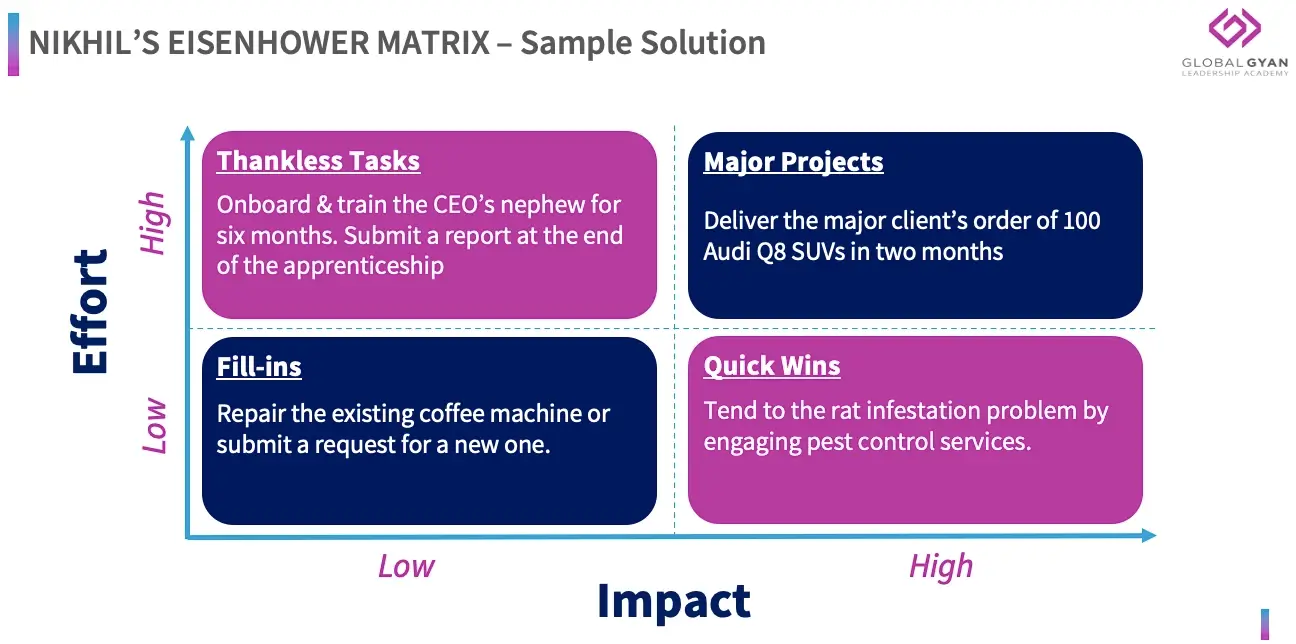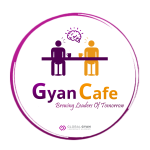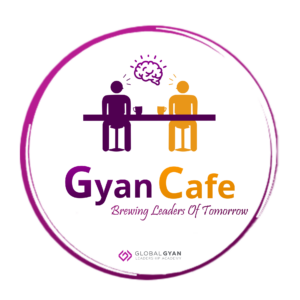Is Work-Life Integration the Answer to your Managerial Woes?


We usually associate work-life balance with the (nonmanagerial) employees. Given how devoted millennials and Gen Zs are towards work-life balance to offset their work fatigue, it begs the question – what about our managers, who presumably are Gen-X/late millennials? Does the “manager” tag automatically beget superhuman abilities? Are managers immune to burnout?
Take Durga, for example. Durga (not her real name) works as a mid-level manager at a leading advertising agency. Ironically, Durga’s job is the standard 9-5 on paper, but if you knew her personally, you’d gawk at that claim, for you know that she works many more hours than that. In addition to the eight hours in office, she clocks in at least four more hours after reaching home, closing off her team’s outstanding tasks, chasing stakeholders for key information and scheduling 100s of meetings with senior officials for the next day. Over and above, she takes care of two kids at home.
Yes, Durga is your average mid-level manager.
And this is what her work schedule looks like—perceived by her colleagues & superiors as ‘normal’.
Here’s another fact for you: more than half of managers (~53%) feel burned out at work. Can you imagine the catastrophe if an organisation’s epicentre fell apart? Why are we letting this happen? And, more importantly, what can we do to stop it?
Managers have had to guide their employees through a pandemic and its aftermath, facing situations that have required them to lead with empathy while managing escalating demands with potentially fewer resources — all while receiving little recognition for their efforts.
Enter the hero, the Messiah, the answer to all managerial maladies – work-life integration (WLI). With hybrid work setup gradually becoming the norm, WLI is gaining traction, perhaps even edging work-life balance. With that in mind, let’s explore four ways in which managers can practice work-life integration and keep their own performances consistently high.
In this article, we will cover:
1. Time Blocking Method
Do you remember timetables from school?
- Period 1, 8:00AM to 8:40AM, Maths
- Period 2, 8:40AM to 9:20AM, History
- Period 3, 9:20AM to 10AM, Geography
- 10AM to 10:20AM, Recess
And so on. Printed on fancy chart paper, adorned with artful imagery, crisp and to-the-point. It helped to inculcate a discipline that we haven’t experienced since we passed out.
To ensure effective work-life integration, it’s important that we go back in time and make such time tables for our work routine. This is the time blocking method. This involves dividing your day into blocks of time for work as well as personal activities. Remember, the last part of the sentence is equally important. So, don’t forget to chalk in your personal commitments. While tools like Asana, Clockwise, HourStack and Planyway provide task integration support, the good old Teams/Google Calendar works just as well!
We recently caught up with Durga and she seemed chirpier than her past self. We asked her what was different and she said, “I’ve incorporated this technique into my work-from-home (WFH) days. And I follow my timetable religiously. I’ve set aside 9 hours for work and the rest of my time is dedicated to my family and myself. One year ago, I was falling apart, mentally and physically, due to my unruly work schedule. WFH actually meant completing more work, as opposed to less, or even equal!”
“Then I learned about the time blocking technique in one of the sessions [of your training program] and it changed my life. Let me show you what my WFH schedule looks like now,” and she drew out her timetable. We leave it here, hoping to inspire more mid-level managers to follow suit.

2. Priority Matrix
There’s no rest for national leaders, who have utilised work-life integration frameworks since centuries to combat burnout. Take for example, the Eisenhower Matrix (also known as Priority Matrix). This matrix helps categorise tasks based on urgency and importance. Thirty-fourth U.S. President Dwight Eisenhower popularised it during the second world war and it has, since, become a strategic tool for corporate professionals to organise and prioritise their tasks.
I have two kinds of problems, the urgent and the important. The urgent are not important, and the important are never urgent.
– Dwight D. Eisenhower
Split into four major quadrants, the Eisenhower Matrix enables you to score tasks as follows:
- Low Effort, Low Impact (or fill-ins)
- Low Effort, High Impact (or quick wins)
- High Effort, Low Impact (or thankless tasks)
- High Effort, High Impact (or major projects)
Take Nikhil’s case, for instance. Nikhil was a supervisor at a leading automobile dealership. Like many other mid-level managers, Nikhil also had a perpetual frown plastered on his face, thanks to being burdened with more tasks than he could realistically handle in a day. He had the following issues to close, in varying order of priority:
- A major client had placed an order for 100 Audi Q8 SUVs, which needed to be delivered in the next two months.
- The dealership had recently experienced a rat infestation. Nikhil and his team had to sit down and placate nearly 500 terrified customers for a week.
- Nikhil had been asked to onboard and train the CEO’s nephew for a few months – “Rohit has been visiting various dealerships to learn the ropes of the business. Please show him around, Nikhil”, was the instruction from the top.
- The dealership needed a new coffee machine, as the existing one was on its last leg. Nikhil had the option of spending on major maintenance or buying a new unit altogether. Either ways, the customers were not happy with the coffee being served presently.
What do you think the Nikhil’s Eisenhower Matrix should look like?

3. Collaborative Goal Setting
It’s no secret that millennials and Gen-Zs, who of today’s workforce seek a greater sense of purpose in their jobs. Gone are the days where people were exploited in the name of money and power. The younger generations care less about money and more about social causes and “creating a better society” for tomorrow. They believe earnestly in donating to the needy and endorse topical affairs like climate change, ESG, CSR and gender equality & diversity, among many others.
In order to motivate an already driven workforce, managers have found many benefits in trialling collaborative goal settings, which entails setting goals as a team to align with the organisational objectives so that your team members know that their contributions are valued. For you as a mid-level manager, this exercise is all about ensuring that your team’s personal and professional goals are in sync, creating the ultimate team synergy.
One of the most pivotal aspects of this technique is open communication. When Durga had taken over the reins of her team, she first and foremost sat down with her team to discuss what their day looked like and what schedule they followed. In fact, when she started making her own timetable, she encouraged her team to share theirs with her, so she could work around aligning tasks with each other. “As a team, we collectively decided that we will volunteer at an NGO every month. This benefitted us twofold – our CSR objectives were met and we bonded phenomenally as a team. It helped increase my team’s productivity by 3x! I simply couldn’t believe it at first. And my manager ratings skyrocketed”.
Work-life integration has officially transcended the buzzword status; it’s now become a strategic approach that empowers mid-level managers to tackle the complexities of their professional and personal lives like a pro. Afterall, you are the cardinal piece in your team; your well-being directly impacts your team’s and, subsequently, the organisation’s success.
Have you tried incorporating any of these techniques in your WFH routine? How have they worked for you? Let us know in the comments!






Responses